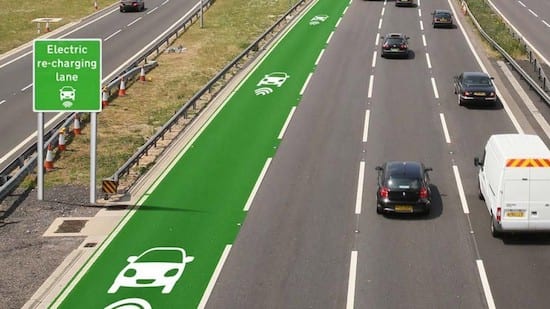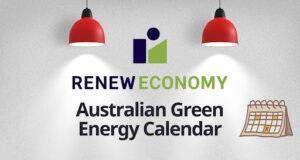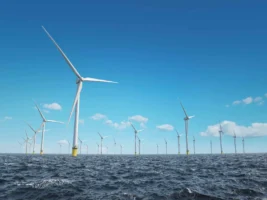
ASX-listed Talga Resources has claimed a breakthrough in its work to produce concrete that conducts electricity, an achievement the company says could even play a future role in wireless, on-road charging of electric vehicles.
Perth-based Talga – listed in this June 2017 article as one of a new-breed of Australian mining hopefuls – said on Monday it had achieved high levels of electrical conductivity in concrete by using an additive developed in its R&D laboratory in the UK.
That additive is a graphene, graphite and silica-rich by-product of ore processing, derived from the company’s key asset – a series of unique, high-grade conductive graphite deposits in Sweden.
The result, Talga says, is a concrete that is not only highly electrically conductive – 0.05 ohm.cm volume resistivity – but a lot stronger, thus giving it enormous potential for a number of environmentally positive applications, both immediately and in the future.
“The initial test results show that Talga’s graphene-enhanced concrete achieves such high electrical conductivity that it can act like the heating element of an electric stove,” said Talga managing director, Mr Mark Thompson.
“Furthermore the conductivity is achieved with a very low loading of our graphene, but a larger amount of ore processing by-products, providing maximum potential for the most cost effective, scalable and eco-friendly development options,” he said.
Talga says current applications of the enhanced concrete include underfloor heating (replacing plumbed hot water based installations), where it can provide a long-term, low-maintenance alternative to plumbed hot water installations.

It could also be used immediately for the provision of anti-static flooring and EMI shielding (radio frequency interference) in buildings, and for cost effective grounding and lightning strike protection for a range of infrastructure including bridges and wind turbines.
In the future, Talga says the technology also has potential to be used in solid-state heated roads, to provide an environmentally friendly way to clear ice and snow from key transport routes and airports.
“The replacement of widely used salt; as a material cost, its transport and distribution, and its corrosive effect on road/bridge infrastructure and vehicles would be an emergent but high potential application for heatable concrete,” Talga said.
But perhaps one of the more exciting possibilities of the technology, is its potential role in dynamic and wireless charging of electric vehicles while driving – a technology some see as essential for the widespread uptake of EVs.
“In future, Talga will investigate the potential of the electrically conductive concrete for a cost effective role in enabling inductive (wireless) charging technologies for electric vehicles under dynamic (driving) as well as stationary (parking) conditions, through the increased range of heating, sensing and other conductive concrete,” the company said in a statement.
The breakthrough follows more promising news from the company in May, that tests of its graphite anode had been shown to significantly boost the performance of lithium-ion battery cells.
The tests pitted Talga’s graphite anode material against a current market leading product in li-ion pouch cells and found the Talga product delivered 20 per cent higher capacity (total energy), 20 per cent higher power (rate of charge/discharge), as well as 94 per cent first cycle efficiency.
Those results, said Talga at the time, showed potential to beat synthetic and natural graphite standards currently used in the global battery supply chain, “with higher performance, energy, power and life span at potentially lower cost and no decrease in safety.”
In terms of the enhanced concrete, Thompson said the company now planned to take the prototype results to potential development partners.
The global concrete market exceeds 5 billion tonnes/year and is worth over $US450 billion/year, the company said – and while specialty concretes are a subset of this, Talga considers the market for conductive concrete to be “significant.”
The company currently has an MoU with the world’s second largest concrete manufacturer, Heidelberg Cement, which is focused on thermally conductive concrete, but said it was “free to explore other market opportunities.”
Talga’s share price was up more than 7 per cent on the previous day’s closing price at the time of publishing, at $A0.70 a share.










